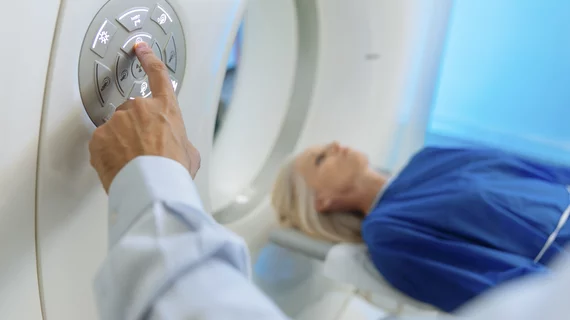An overwhelming majority of physicians working as general radiologists in the U.S. are also experts in at least one subspecialty, driving home the importance these practitioners play in ensuring patients have access to wide-ranging care.
That was the main takeaway from a study of Medicare claims-based data representing more than 12,000 radiologists. A whopping 99.5% of general radiologists focused on at least one specialty, while 85% practiced in two or more subspecialties, according to research published in the May issue of Academic Radiology.
Studies have tended to focus more on subspecialists, who have been tied to performance in federal value-based payment systems and associated with higher quality imaging practices. But generalists are key figures in expanding specialized care to rural, community practices, and other geographic regions, says Andrew Rosenkrantz, MD, MPA, with New York University’s Department of Radiology.
“The predominance of general radiologists’ multispecialty focus across various practice types and locations supports their role in facilitating patient access to a range of radiologist subspecialties,” Rosenkrantz, senior author of the study, added in a statement.
For the purpose of their study, radiologists who did not dedicate more than 50% of their work to a single specialty were labeled generalists. Those who funneled 25% of their efforts into a subspecialty were considered a subspecialty “focus area,” and generalists with two or more of the latter were categorized as multispecialists.
The large majority of generalists who practice as multispecialty radiologists do so across both small and large institutions, as well as academic and non-academic locations, the authors found.
Rosenkrantz and colleagues also believe their findings have important implications for radiology training programs.
Specifically, they said converting existing fellowships to multispecialty training programs may be the most efficient and timely adjustment. Historically, the group added, such fellowships, and applicants, have gravitated toward single-subspecialty training, rather than offering experience across a host of disciplines.
“A more complete understanding of practice patterns of both general and subspecialty radiologists could help inform important ongoing conversations within radiology about training, staffing, and workforce planning—all aimed at ensuring robust access to high quality imaging services,” Richard Duszak Jr., MD, with the department of radiology and imaging sciences at Emory University, said in a statement.

